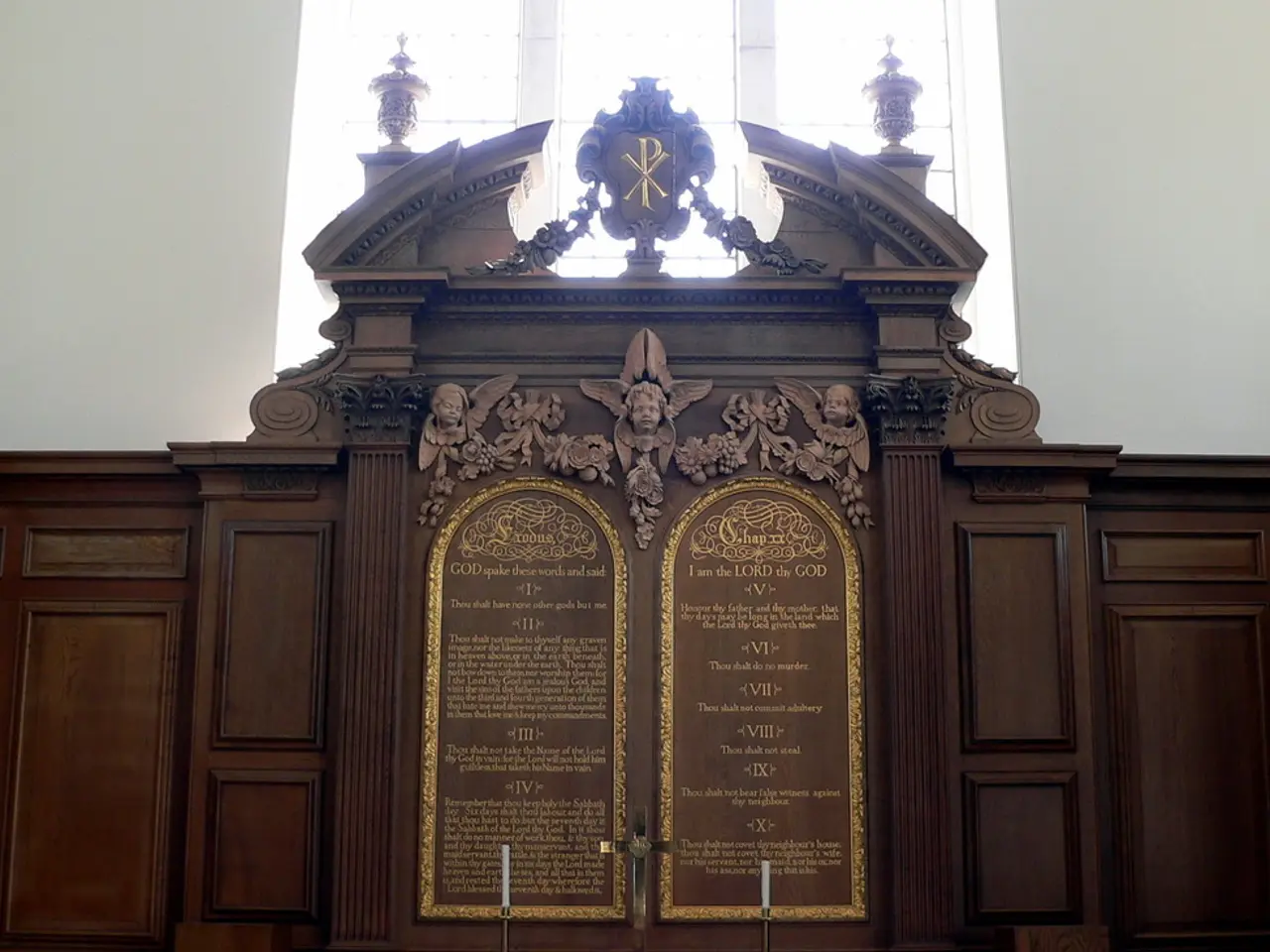Ancient Egyptian Blue Pigment Successfully Recreated by Researchers
In a groundbreaking achievement, a team of scientists led by Washington State University have recreated the ancient Egyptian Blue pigment, a historical milestone that dates back over 5,000 years [1]. This synthetic pigment, first synthesized in ancient Egypt around 3250 BC, is now on display at the Carnegie Museum in Pittsburgh as part of their new exhibition focusing on ancient Egypt [2].
The process of replicating Egyptian Blue involves heating a mixture of silica (sand), calcium carbonate (chalk), copper-containing minerals, and natron (a type of soda ash) [1]. This chemical reaction forms calcium copper silicate, the pigment’s main component, which exhibits its characteristic vivid blue color [1][2].
The properties of Egyptian Blue are remarkable. It is a bright, durable, and stable pigment, chemically a calcium copper silicate. Its exceptional longevity, remaining vibrant for thousands of years, is a testament to its quality [1][2]. Moreover, it exhibits an infrared luminescence that modern technology can detect, useful for art conservation and archaeology [1][2].
Historically, Egyptian Blue was widely used to adorn stone objects in funerary rituals and to embellish wood objects. Its applications extended to paints, decorative arts, and coatings on statues, frescoes, and pottery [1][2]. Today, its properties are studied for potential new applications in modern materials science, including pigments that reflect heat to reduce cooling costs in buildings and vehicles [1][2][3].
The recreation of Egyptian Blue pigment represents a major technological achievement, marking one of the earliest examples of intentional chemical manufacturing [1]. Its durability provides vital archaeological insights, helping historians understand ancient Egyptian culture and technology [1]. Recently, studying Egyptian Blue has inspired the development of new, eco-friendly pigments with similar vividness and durability [1][3].
The team's efforts to replicate the process of producing Egyptian Blue pigment were first published in NPJ Heritage Science [1]. The scientists collaborated with the Smithsonian's Museum Conservation Institute and the Carnegie Museum of Natural History [2]. Twelve separate recipes were developed using silicon dioxide, copper, calcium, and sodium carbonate [1]. The mixtures were heated at approximately 1,000 degrees Celsius for up to 11 hours, mimicking ancient artisan conditions [1].
The replicated Egyptian Blue pigment has a potentially valuable aspect besides its historical ties. Its activation under infrared techniques commonly used in forensics could have applications in the field [2]. This discovery opens up exciting possibilities for the use of ancient pigments in modern technology.
[1] - [NPJ Heritage Science] [2] - [Carnegie Museum of Natural History] [3] - [Washington State University]
- The recreated Egyptian Blue pigment, a 5,000-year-old chemical milestone, is now showcased at the Carnegie Museum in Pittsburgh's new exhibition on ancient Egypt, demonstrating the potential fusion of art and science, and technology in exhibit displays.
- As researchers study the properties of Egyptian Blue, they are uncovering its unique characteristics, such as infrared luminescence, which could lead to innovative applications in modern art conservation, archaeology, and even forensics, bridging the gap between ancient art and contemporary technology.




